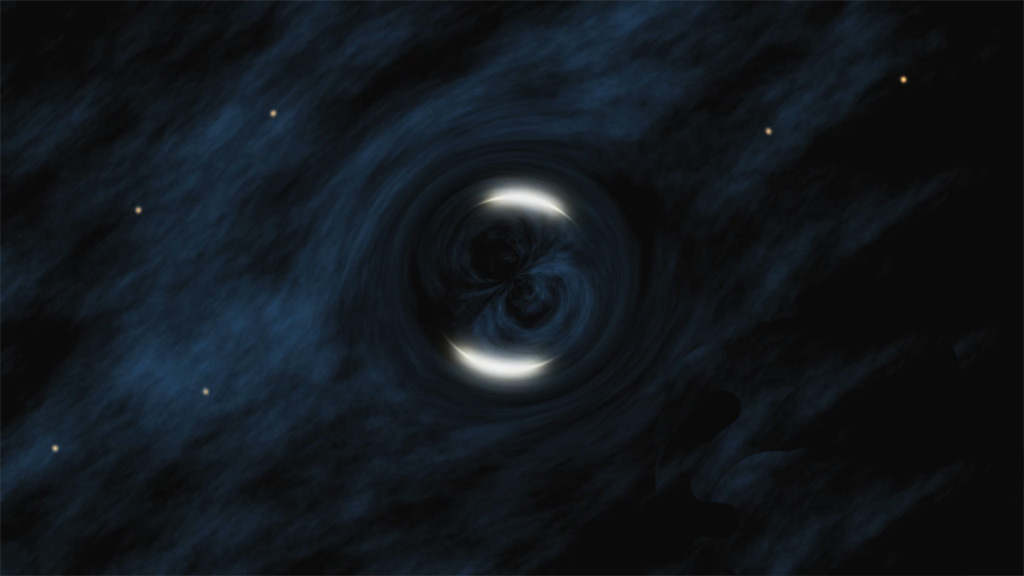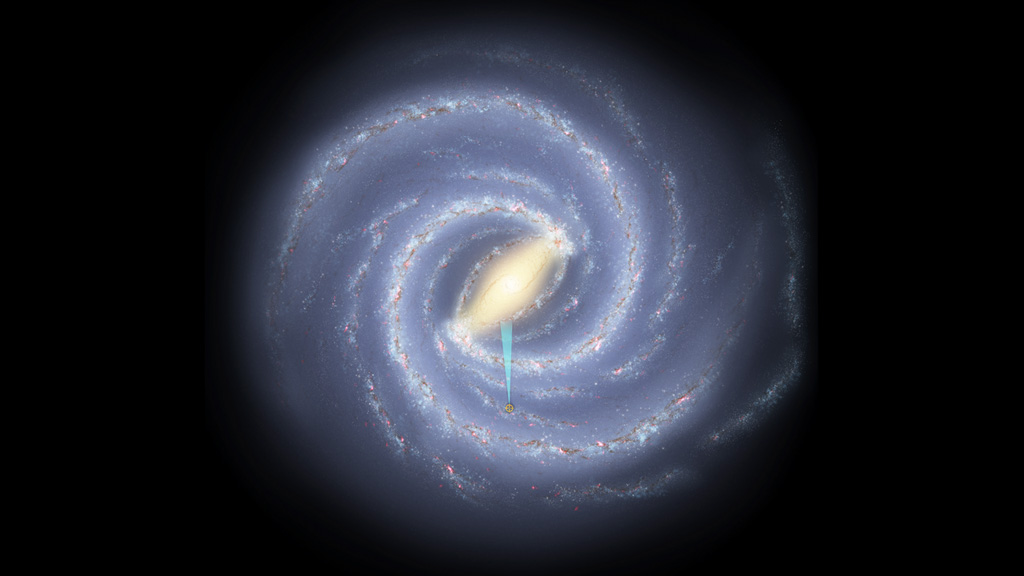Planets and Moons
ID: 12250

Not every planet orbits a star, tethered by gravity like Earth to the sun. Outside our solar system, some planets roam free in the space between stars. Scientists estimate there may be billions of these cosmic nomads lurking in our Milky Way galaxy alone. To find them, NASA’s Kepler Space Telescope observes how these worlds temporarily intensify the light from distant stars. This effect, called microlensing, occurs because the gravity from massive objects in the universe warps the space around them. When a planet passes in front of a faraway star, its gravity bends the star’s light. That allows more light to briefly focus toward the telescope. From Kepler’s perspective, the star brightens and then dims over the course of the alignment. By staring at stars in a slice of our galaxy that extends to the heart of the Milky Way, Kepler will help scientists discover new worlds that are farther away than ever before. Watch the video to learn more.



Wandering Planets




Story Credits
Scientist:
Geert Barentsen (Bay Area Environmental Research Institute)
Lead Writer:
Alison Takemura (USRA)
Geert Barentsen (Bay Area Environmental Research Institute)
Lead Writer:
Alison Takemura (USRA)
Please give credit for this item to:
NASA's Goddard Space Flight Center
Video and images courtesy of NASA/Ames/JPL-Caltech
NASA's Goddard Space Flight Center
Video and images courtesy of NASA/Ames/JPL-Caltech
Short URL to share this page:
https://svs.gsfc.nasa.gov/12250
Keywords:
SVS >> App
NASA Science >> Planets and Moons
https://svs.gsfc.nasa.gov/12250
Keywords:
SVS >> App
NASA Science >> Planets and Moons







